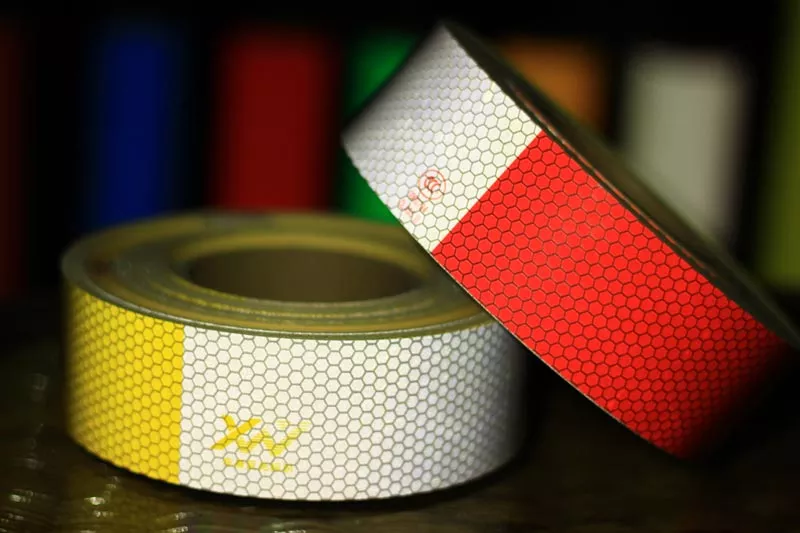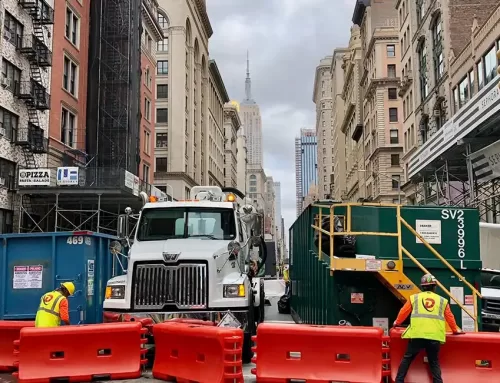Do I Need Reflective Tape on My Trailer?

There are several reasons to install reflective tape on your trailer. These reasons include DOT requirements, placement, and cost. In addition, you’ll want to place the tape in a prominent place on the trailer so that other drivers can see it. To learn more about the benefits of reflective tape, read on.
Retroreflective safety tape
Retroreflective safety tape on a trailer can be a great way to make your truck more visible to drivers in the dark. These red and white stripes can reflect the light from other drivers’ headlights and alert them to your presence and movement. The retroreflective tape on a trailer should cover the entire lower rear bar and bottom of the trailer.
It is important to note that the effectiveness of the safety tape may not be as great as it might seem. One study concluded that the tape is effective in side impacts, but was ineffective in rear crashes. Further, the tape’s effectiveness is unknown in angle side impacts.
DOT requirements
Whether you’re hauling a single or multiple loads, it’s important to adhere to the DOT requirements for reflective tape on trailers. These tapes must be reflective in nature and should be 2 inches wide. The National Highway Traffic Safety Administration has found that reflective tapes on trailers reduce collisions by as much as 29%. The tape should be placed on the upper left and right corners of your trailer.
Studies conducted to determine vehicle safety standards generally involve a comparison of the safety of vehicles built before and after a particular standard. Then, researchers will use the information to determine if any vehicles had retroreflective tape in place.
Cost
The FMCSA has put forth regulations regarding the installation of conspicuity materials on trailers and truck tractors, including reflective tape. These treatments are designed to attract attention and reduce crashes between trucks and cars, especially during nighttime or conditions with reduced visibility. The regulations describe where these treatments should be installed and provide examples of some common trailers.
There are two main types of reflective tape: diamond-grade and red & white. Both meet industry standards. The former is thinner and more flexible than the latter, and they adhere well to corners and uneven surfaces. The latter is permanent and comes in 18-inch rolls.
Placement
The correct placement of reflective tape on a truck or trailer is essential to ensuring safety on the road. The tape must be placed on the outer part of the truck and trailer, and it should cover the entire length above the mud flaps. In addition, the tape must be placed in an L shape on the back of the truck.
It is also important to check the reflective tape periodically, as it can get worn down over time. While it may seem like an insignificant detail, failing to check the reflective tape on a trailer or truck can lead to disastrous consequences.
Effectiveness
The effectiveness of reflective tape on trailers was evaluated by the NHTSA using a two-variable analysis method. The analysis tabulates tractor/trailer vehicle crashes by type and area of damage, and then compares the rates of treated versus untreated trucks under daylight conditions. However, there were limitations to this analysis, including the fact that the data set does not include a control group or exposure data. Nonetheless, the results show that tape can improve trailer visibility and safety.
The effectiveness of reflective tape on trailers was assessed using statistics from 10,959 crashes. The results showed that the tape significantly reduced the likelihood of rear and side impacts in vehicles that are unable to see the trailer.





